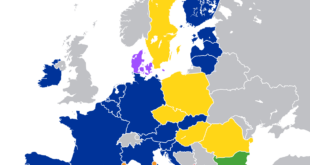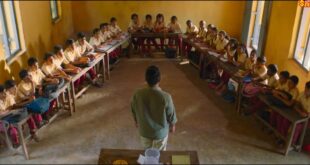- Recently, the Union Government approved the continuation of more than 1000 Fast Track Special Court (FTSCs) as a Centrally Sponsored Scheme (CSS) for two years (April 2021-March 2023).
- It includes 389 exclusive POCSO (Protection of Children from Sexual Offences) Courts.
- The Central share will be provided from the Nirbhaya Fund.
Important points:
- Fast track courts (FTCs) were first recommended by the Eleventh Finance Commission in 2000 “to substantially bring down, if not eliminate, pendency in the district and subordinate courts over the next five years”.
- Following the Finance Commission’s report, Rs 502.90 crore was granted by the Centre to create 1,734 additional courts in different states for a period of five years.
- In 2011, the central government stopped funding fast-track courts.
- The decision was challenged in the Supreme Court (SC) in 2012, but the apex court said it was up to the states to continue or shut down these courts depending on their financial situation.
- Three states–Maharashtra, Tamil Nadu and Kerala–continued running these courts while Delhi, West Bengal, Himachal Pradesh and Karnataka had said they would continue till 2013.
- Following the December 2012 Gangrape and murder, the Union Covernment set up a ‘Nirbhaya Fund’, amended the Juvenile Justice Act and set up fast-track Mahila Courts.
- Some other states such as Uttar Pradesh, Jammu and Kashmir, Bihar etc. also set up FTCs for rape cases thereafter.
Scheme
- More recently, in 2019, the government approved a scheme for setting up 1,023 fast-track special courts (FTSCs) across the country for expeditious disposal of pending rape cases under the Indian penal Code (IPC) and crimes under the POCSO Act.
- In July 2019, the SC also directed setting up of a centrally funded special court in each district where more than 100 FIRs are registered under the POCSO Act in order to deal exclusively with these cases.
- FTSCs are dedicated courts expected to ensure swift dispensation of justice. They have a better clearance rate as compared to the regular courts and hold speedy trials.
- It also strengthens the deterrence framework for sexual offenders.
Performance:
- The Performance has been below par.
- According to NCRB (National Crime Records Bureau), at the end of 2019, rape cases had a pendency rate–pending cases at the end of the year as a percentage of total cases for trial–of 89.5% and the conviction rate of 27.8%.
- For POCSO cases, 88.8% cases were pending at the end of the year, and of those disposed of, 34.9% ended in a conviction.
Issues:
- Fast-track courts operate no differently than regular courts. It is just like any other court hall in the district judiciary.
- There are no changes in the legal process to enable the cases to move forward faster. There is no element of process engineering except where it is just fixed as an ad hoc thing (for instance, for high-profile cases), because there is simply no supporting infrastructure to ensure that the timeline is met.
- There are no clear mandates on what kind of cases fast-track courts are supposed to hear.
- The fast-track courts set up under the Nirbhaya Fund, for instance, were not clear whether all cases of gender-based violence such as ‘eve-teasing’ (street harassment) or domestic violence came under their purview.
- Delay due to absence of witnesses was seen as one of the main reasons for adjournments, showed a study.
- Another cause for delays is adjournments sought by lawyers.
- Litigation culture in India encourages seeking adjournments; in fact, clients come to lawyers to delay the cases.
- Delays can also be caused because many times the decision of a fast-track court is challenged in the high court or the Supreme Court.
Way Forward
For fast-track courts to be more effective, trials must be completed in a time-bound manner. For this, a two-pronged approach that improves the human capacity of these courts with dedicated judges and competent staff while restructuring processes is needed.
SOURCE: THE HINDU,THE ECONOMIC TIMES,MINT
 Chinmaya IAS Academy – Current Affairs Chinmaya IAS Academy – Current Affairs
Chinmaya IAS Academy – Current Affairs Chinmaya IAS Academy – Current Affairs



